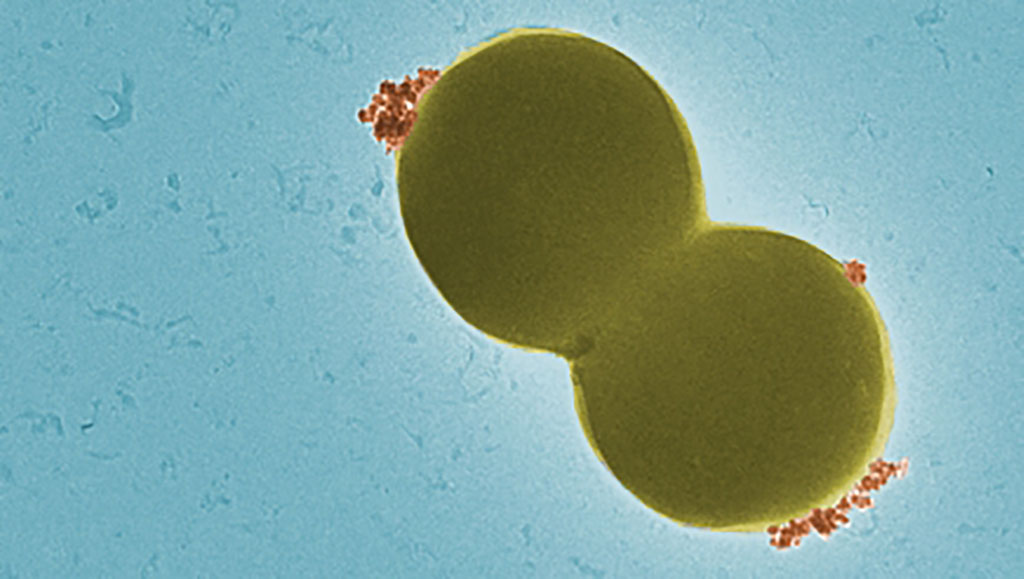Rapid Sepsis Test Uses Magnetic Nanoparticles to Detect Bacterial Pathogens
Posted on 24 Aug 2023
When it comes to life-threatening blood poisoning caused by staphylococcus bacteria, quick identification of the bacteria in the bloodstream is vital to begin life-saving treatment. This urgency stems from the fact that staphylococcal sepsis results in fatality for up to 40% of cases. The infection, triggered by spherical bacteria, might initially manifest as a local skin ailment or pneumonia. However, when staphylococci infiltrate the bloodstream during sepsis, severe complications can emerge. In such critical scenarios, prompt identification of pathogens and selection of suitable antibiotics are vital. This is especially crucial as Staphylococcus aureus strains can exhibit resistance to multiple antibiotics. Researchers have now developed "sepsis sensors" using magnetic nanoparticles that enable rapid detection of bacterial pathogens and identification of appropriate antibiotic candidates.
Researchers at Empa (Dübendorf, Switzerland), along with their colleagues from ETH Zurich (Zürich, Switzerland), looked for a way to bypass the lengthy intermediate step of first cultivating the bacteria in a blood sample for a diagnostic procedure. They developed a method utilizing magnetic nanoparticles that are capable of binding to staphylococci. Consequently, these bacteria can be identified through the application of a magnetic field. Subsequently, antibiotic sensitivity is assessed using a chemiluminescence technique. If antibiotic-resistant bacteria are present in the sample, it emits light. Conversely, if the bacteria can be eradicated with antibiotics, the reaction vessel remains dark.

Another problematic bacterial entity is Pseudomonas aeruginosa, a rod-shaped bacterium capable of causing various illnesses, including urinary tract infections via catheterization during hospital stays. Such infections can develop into sepsis, and these pathogens are often resistant to numerous antibiotics. In such cases, magnetic nanoparticles offer the distinct advantage of versatility. The approach can be customized for different bacteria types, similar to a modular system. This adaptability enabled the researchers to design a rapid "sepsis sensor" leveraging magnetic nanoparticles. In samples containing synthetic urine, this method reliably identified bacterial species and gauged potential antibiotic resistance through chemiluminescence reactions. So far, the researchers have assessed their magnetic nanoparticle toolkit for sepsis and urinary tract infections using laboratory samples. In the coming phase, the team plans to validate the sepsis tests alongside their clinical partners by analyzing patient samples.
"All in all, the sepsis test takes around three hours – compared to several days for a classic cultivation of bacterial cultures," said Empa researcher Fei Pan.
Related Links:
Empa
ETH Zurich














